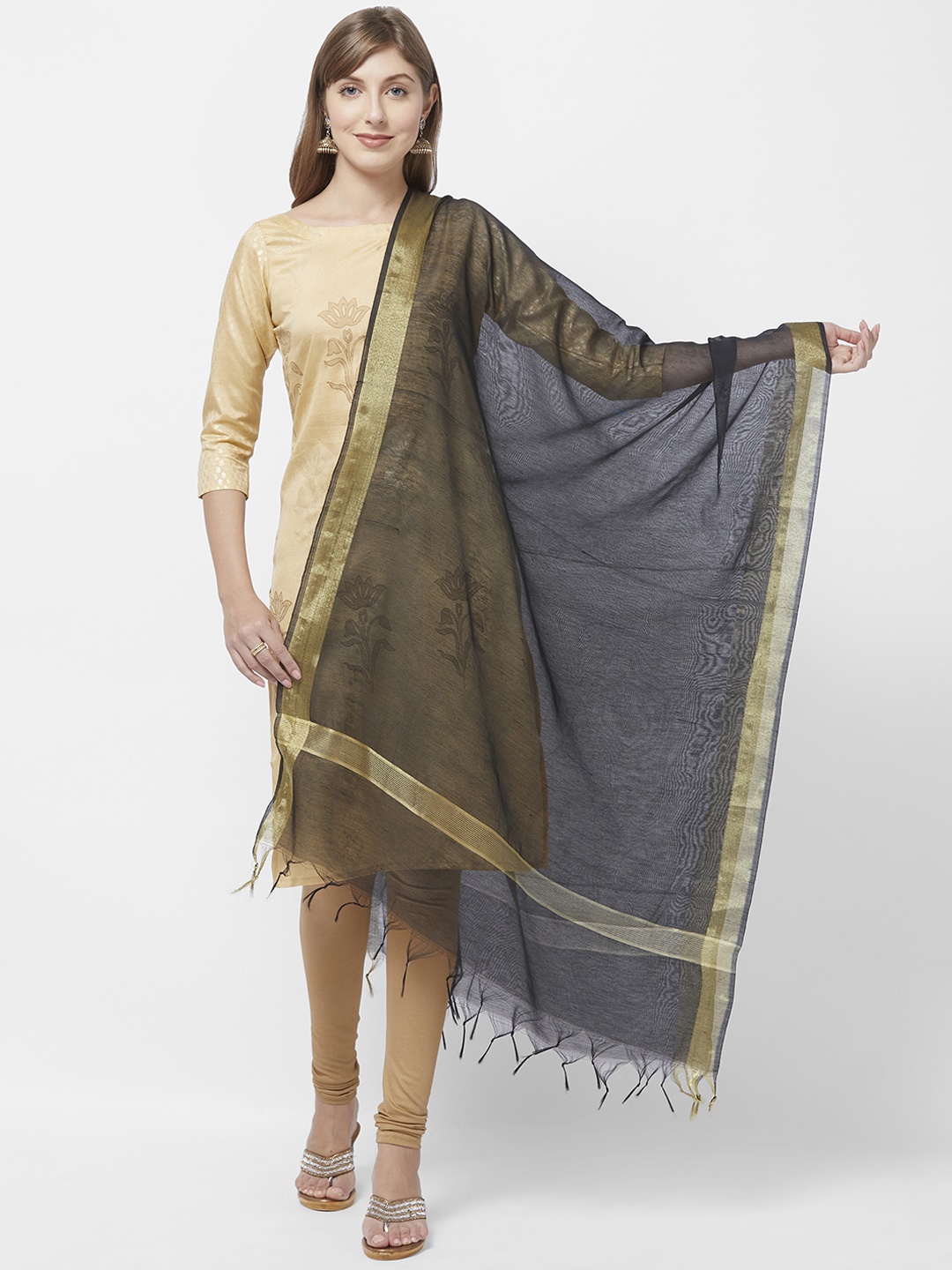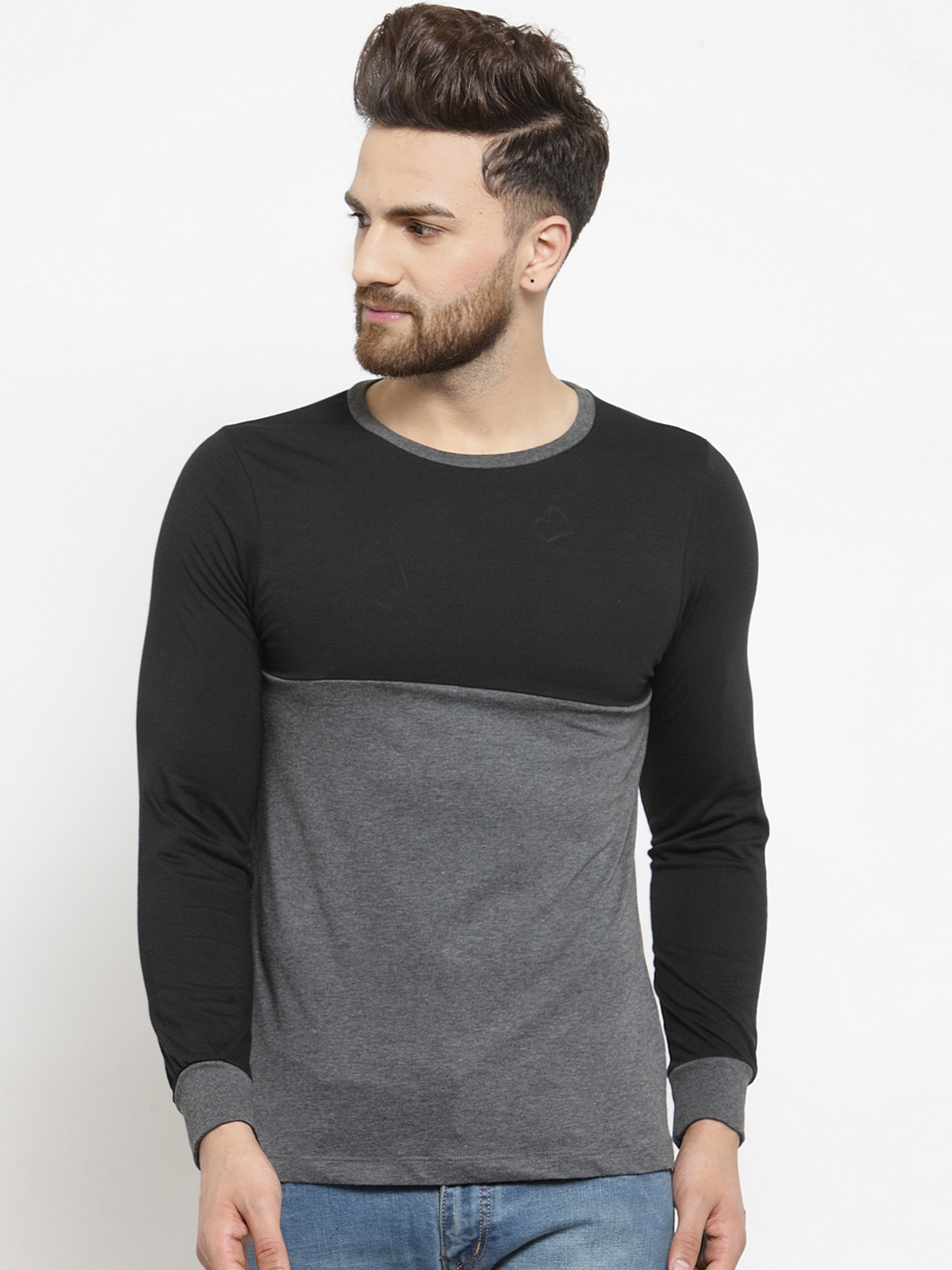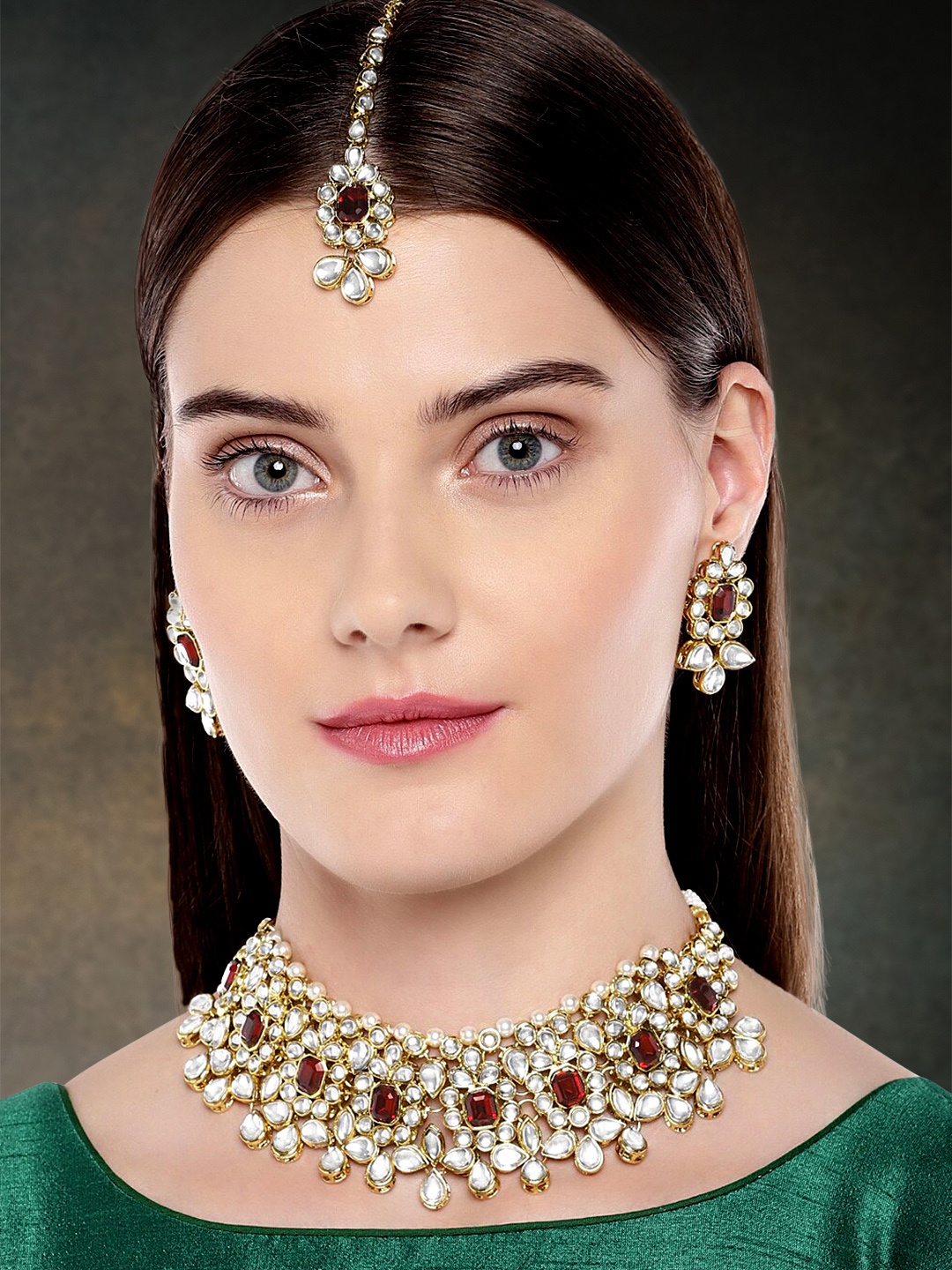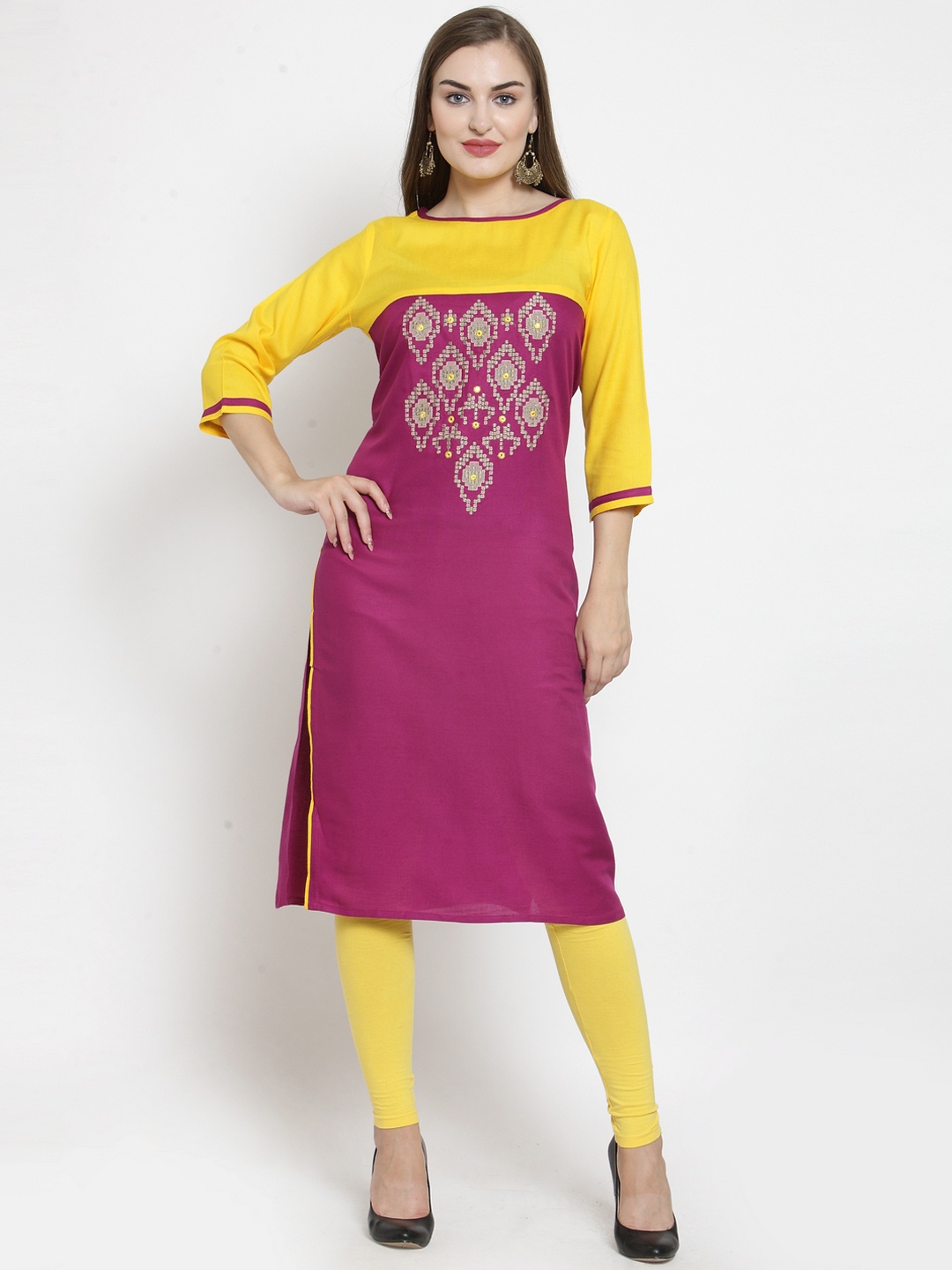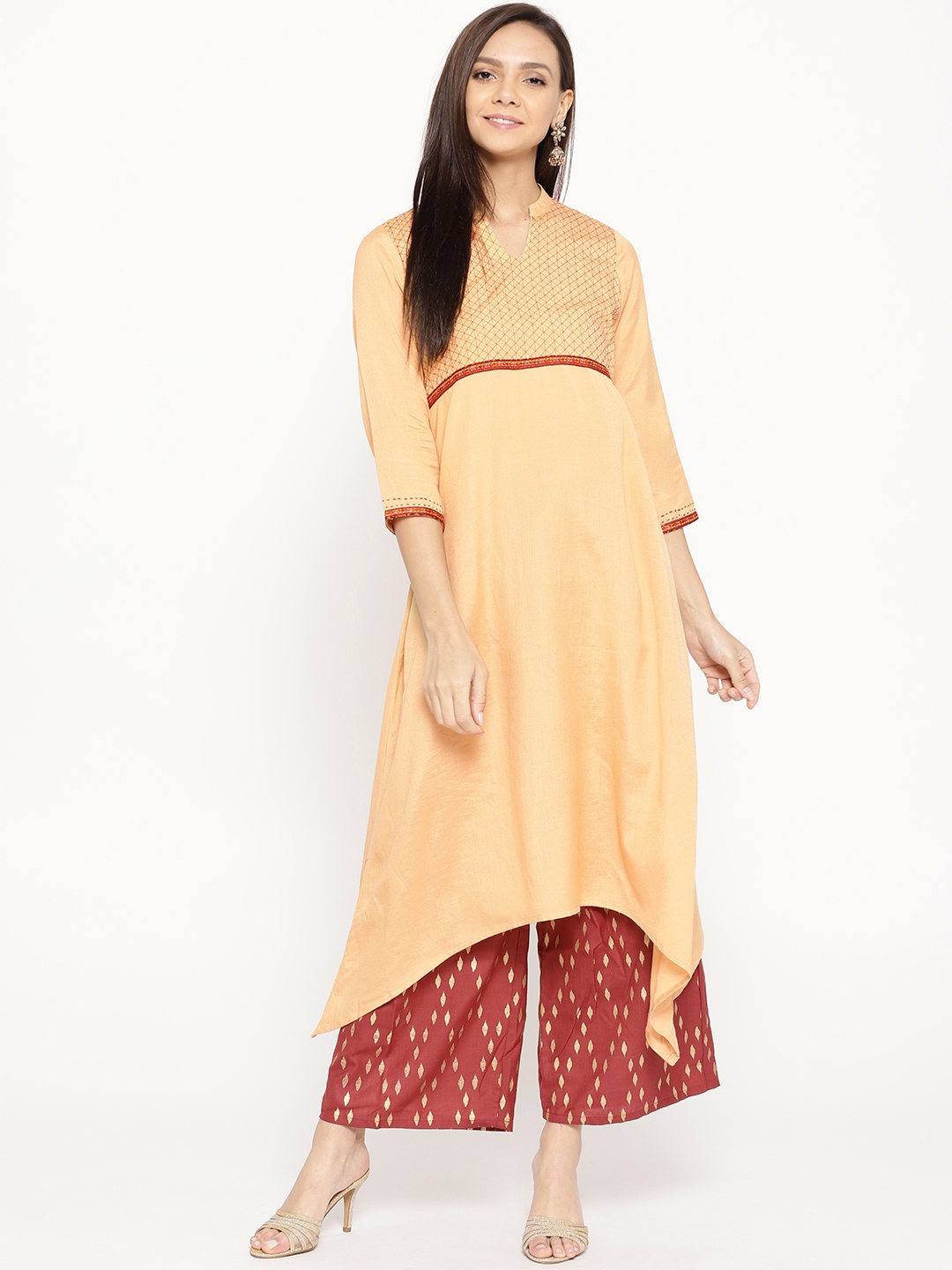How To Pick A Raincoat That Keeps You Dry Without Making You Sweat On Flipkart: 10 Tips And 5 Picks
A raincoat is meant to shield you from the downpour, not trap you in your sauna. Choosing the right raincoat is more science than style. Find out how to pick a raincoat with the perfect balance of waterproofing and breathability during Flipkart Freedom Sale.

Choose A Top Raincoat That Is Waterproof And Breathable During Flipkart Freedom Sale.
The monsoon brings with it more than chai cravings and the smell of wet earth. It also brings the great sartorial struggle: staying dry without boiling inside your raincoat. You step out, zipped up and optimistic, only to realise 15 minutes later that you're drenched, not from the rain, but from sweat. It's like wearing your own steam chamber. Not exactly the kind of freshness one signs up for.
Whether you're running to catch the metro, navigating potholes in a rickshaw, or just trying to walk the dog without looking like you wrestled with a puddle, the right raincoat can be a game-changer. But how do you pick one that doesn't suffocate you? The market's full of options, from feather-light shell jackets to heavy-duty waterproof gear, but not all are made for everyday wear, especially in our weather, where the rain often tags along with stubborn humidity.
So, here's a practical, no-nonsense, 10-point, guide to help you pick a raincoat on the Flipkart Freedom Sale that protects you from the elements without making you feel like a steamed momo.

Choose A Raincoat That Is Waterproof And Breathable During The Flipkart Freedom Sale; Photo Credit: Pexels
1. Understand the Difference Between Waterproof and Water-Resistant
It's tempting to grab the first thing labelled ‘waterproof', but here's where the raincoat rabbit hole begins. Not all ‘waterproof' jackets are truly impermeable, and many 'water-resistant' ones are just pretending.
A water-resistant coat will protect you from drizzles, great if you're hopping between your cab and office, but won't survive a full-on monsoon lashing. On the other hand, waterproof jackets are treated with coatings like polyurethane or come with membranes like Gore-Tex. These block out rain but also tend to limit breathability, unless they're built with ventilation in mind.
Look out for features like sealed seams and DWR (Durable Water Repellent) coating. A truly waterproof jacket will keep the rain out and help droplets roll off. However, unless it has proper vents or breathable fabrics, it might turn into a sweat chamber during a muggy morning commute.
The key is to assess your daily exposure to rain. If you're outdoors for long periods, go waterproof. But if you're mostly commuting or indoors, a good water-resistant jacket might do the trick.
2. Check for Breathability, Or Prepare to Sweat Buckets
You've probably experienced that awful, clammy feeling where your clothes stick to you like cling film. That's what happens when breathability is ignored. In our climate, where humidity often sits like a thick fog, your raincoat must let your body breathe.
Breathability in rainwear is all about how easily water vapour (read: sweat) can escape from inside the coat while keeping raindrops out. Materials like Gore-Tex, eVent, or proprietary tech from brands like Columbia or Decathlon use microscopic pores to allow airflow without sacrificing dryness.
Also, look out for pit zips or mesh-lined vents under the arms or at the back. These little openings work like the windows in a packed bus; you crack them open, and suddenly there's a bit of relief.
If you're buying offline, try on the coat and move around. Jump, wave, swing your arms. If you feel like you're already heating up, it's probably not breathable enough. In an online purchase, always check for terms like “ventilated” or “breathable membrane” in the product description.
Also Read: These 10 Lightweight Raincoats Defy Monsoon Downpours Without Making You Sweat
3. Pick the Right Fit, Not Too Snug, Not Too Flappy
A raincoat isn't a fashion accessory, it's protection. That said, you don't want to end up looking like you're wearing a parachute either. Fit matters, not just for style, but for comfort and practicality.
Too tight, and it feels like wearing cling wrap. It restricts movement, leaves no room for layers underneath, and makes you sweat more. Too loose, and it flaps like a flag in the wind, letting water sneak in from the sides and sleeves.
Go for something that allows a bit of layering, a light tee or even a thin hoodie, but still sits close enough to your body so it doesn't collect puddles in the folds. Adjustable hoods, cuffs, and hems can also help you personalise the fit so it adapts to different conditions.
When trying it on, stretch your arms, bend down, mimic tying your shoelaces. If it feels tight or pulls across the back, try the next size. Rain doesn't come with a warning, so your coat needs to be ready for a quick dash or a surprise jog through traffic.
4. Choose Lightweight Fabrics for Daily Use
Hauling a raincoat that weighs like a winter jacket doesn't make much sense, especially when it's 28°C and humid. The best raincoats for daily wear are made of lightweight yet durable materials that pack down small, don't weigh you down, and let you move with ease.
Nylon and polyester are great choices. They're light, dry quickly, and often come with decent water resistance. But make sure the inner lining is breathable, not plastic-y. If it feels like it's going to stick to your arms the moment you sweat, give it a pass.
Ultralight rain jackets, especially packable ones, are great for people on the go. They can be stuffed into a backpack or even a handbag. Some even come with their own pouch, just stuff and go.
Remember, you're not trekking the Himalayas. For city wear, market runs, college dashes, or auto rides to the metro station, a light and compact raincoat is all you need. Less bulk, more freedom.

Stay dry, not sweaty! Find out how to pick a raincoat with the perfect balance of waterproofing and breathability during Flipkart Freedom Sale; Photo Credit: Pexels
5. Mind the Hood, It's Not Just Decoration
It's surprising how many raincoats come with useless hoods. Too small, and they barely cover your head. Too loose, and they flop over your eyes or fly off with the breeze.
A well-designed hood should fit snugly around your head without obstructing vision. Bonus points if it comes with a brim or visor; that little extra edge can keep rain off your forehead and help you see without constantly wiping your face.
Adjustability is the magic word. Look for drawstrings or toggles around the hood's edge and back. They help tighten the hood without turning it into a head vice. Some even have stowable hoods you can roll into the collar when not needed, which keeps things neat.
If you wear specs, hoods matter even more. A poor hood design will let rain trickle straight onto your lenses, turning you into a walking blur. Get one that stays put and does its job.
6. Don't Ignore the Inner Lining
Most people focus on the outer shell, the part that faces the rain. But it's the inner lining that determines whether you stay comfortable or feel like you've stepped into a sauna.
Mesh linings help air circulate and stop the coat from clinging to your skin. They create a buffer between you and the waterproof shell. This becomes crucial when humidity rises, and sweat tries to escape.
Some high-end jackets use dual-layer or 2.5-layer constructions with coated linings that wick moisture. While they may cost more, they do make a significant difference during long commutes or outdoor tasks.
Avoid rubberised linings unless you're doing something like motorbiking or working outdoors all day. They trap sweat and odours. On a packed local train or during a coffee stop, that's the last thing anyone needs.
7. Look for Sealed or Taped Seams
Here's a secret: even the most waterproof fabric will fail if the seams aren't sealed properly. Water always finds the weakest link, and seams, where pieces of fabric are stitched together, are the first places to leak.
Quality raincoats come with taped or welded seams, which are either sealed with waterproof tape or fused together during manufacturing. It's an invisible detail, but it makes all the difference when you're caught in a proper monsoon downpour.
Run your fingers along the inside of the jacket. If you feel a smooth layer or see tape along the seams, that's a good sign. If the stitches are exposed, the coat might not hold up well in heavy rain.
Think of it like a roof, you wouldn't want a leak where the tiles join, would you? Same goes for your raincoat.

Stay dry, not sweaty! Find out how to pick a raincoat with the perfect balance of waterproofing and breathability during Flipkart Freedom Sale; Photo Credit: Pexels
8. Prioritise Pockets, but Waterproof Ones
Everyone loves a good pocket until it floods. A raincoat should come with sealed or zippered pockets that can protect essentials like your phone, keys, or wallet. You don't want to arrive at work with soaked bus tickets or a phone that's stopped functioning.
Look for flap-covered zips or waterproof zippers. Inner pockets with zips are a bonus, especially for gadgets. A chest pocket can be handy for easy access during travel.
Some raincoats even come with mesh-lined pockets that double as vents. That's a smart two-in-one deal.
And let's be honest, there's something comforting about having your hands tucked into dry, warm pockets when you're walking home in the rain. A small luxury that makes all the difference.
9. Check the Price Tag, Smart Doesn't Mean Expensive
It's easy to assume that only the priciest jackets offer real protection. But plenty of affordable brands offer functional, stylish raincoats that strike the right balance between performance and price.
Look beyond the brand label. Decathlon, Wildcraft, and local outlets often stock well-made raincoats under ₹2000–₹3000. For light use, even a ₹1000 jacket might do the trick if it ticks the right boxes.
Before you buy, check reviews, compare features, and test it if possible. Don't fall for gimmicks, reflective stripes, and fancy colour patterns are nice, but it's the seams, material, and breathability that really matter.
Think of a raincoat as an investment, not just in dry clothes, but in peace of mind when the clouds open up.
10. Style Counts, Yes, Even in the Rain
Functional doesn't mean frumpy. Just because it's raining doesn't mean you can't step out looking sharp. Many brands now offer raincoats in sleek cuts, muted colours, and modern designs that don't scream “I borrowed this from a hiker”.
Whether you're heading to work, college, or the neighbourhood café, your raincoat can still say something about you. Earth tones, navy blues, olives, and deep greys tend to work well across outfits.
Go for something that feels ‘you'. Maybe a pop of colour on the zip, or a pattern inside the lining. Small touches that lift your mood on a gloomy day.
After all, style is not about avoiding the rain, it's about dancing through it without looking like a drenched potato sack.
Products Related To This Article
1. Tritika Solid Women Raincoat
2. Ruchika Solid Women Raincoat
3. vinsano Solid Men & Women Rain Suit
4. CITIZEN Solid Men Raincoat
5. Dressify Solid Women Rain Card
Choosing the right raincoat isn't just about staying dry. It's about comfort, confidence, and being able to face the monsoon head-on, whether you're dodging splashes from a bus or hopping over a muddy puddle on your morning walk.
By paying attention to the details, breathability, fit, seams, and yes, style, you can find a raincoat that feels like a second skin rather than a plastic tent. One that protects without suffocating. Because the monsoon isn't going anywhere, but the sweat is trapped inside your raincoat? That definitely should. So next time the skies darken and the clouds start their drama, you'll be ready, not just to stay dry, but to enjoy the rain too. Let it pour. Check Today's Deals On Flipkart.
Disclaimer: The images used in this article are for illustration purpose only. They may not be an exact representation of the products, categories and brands listed in this article.











